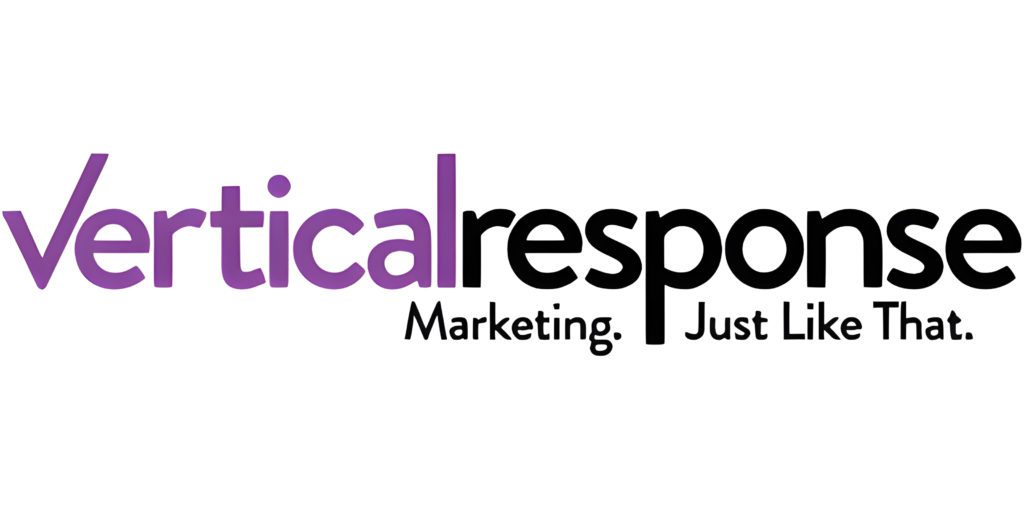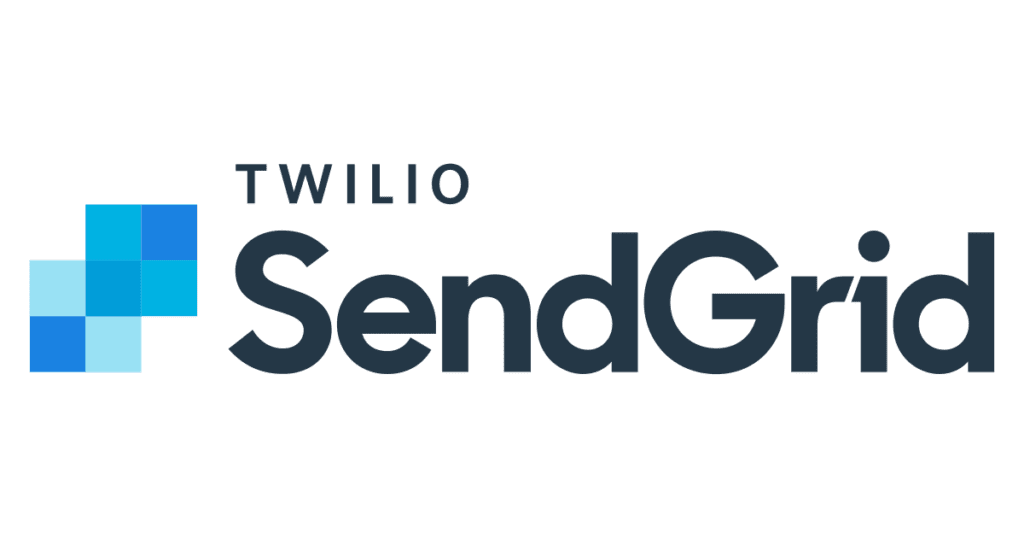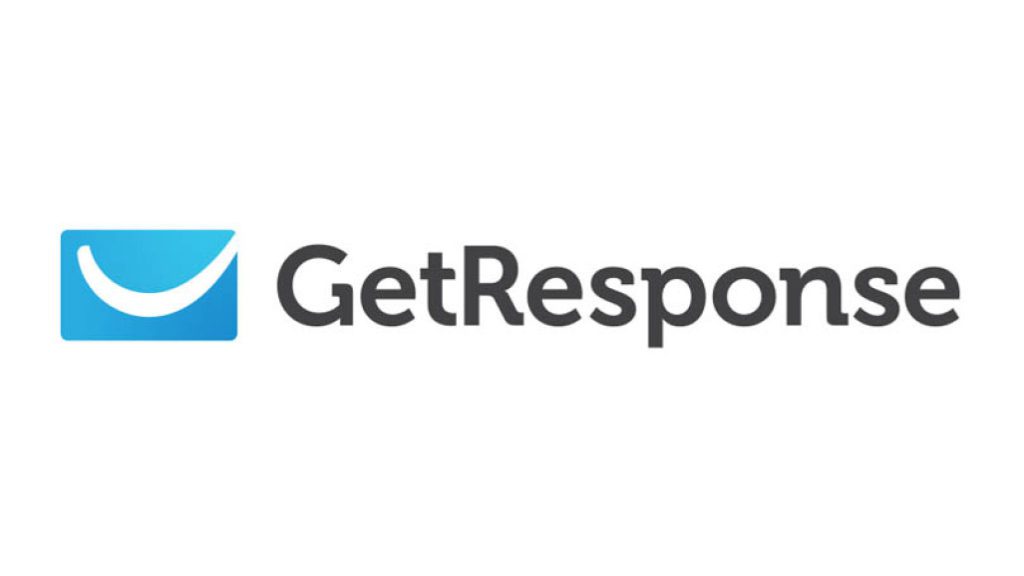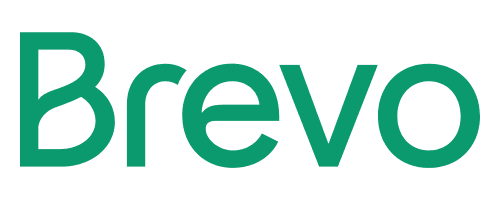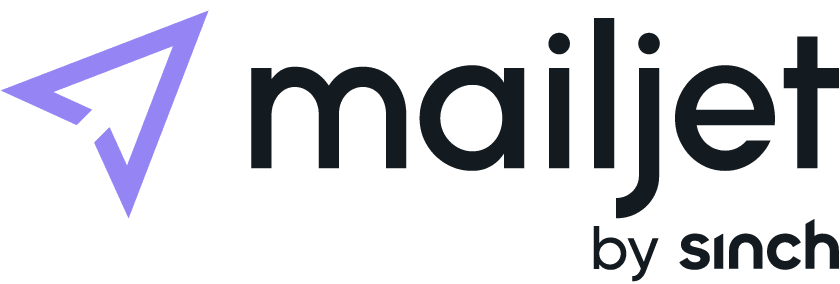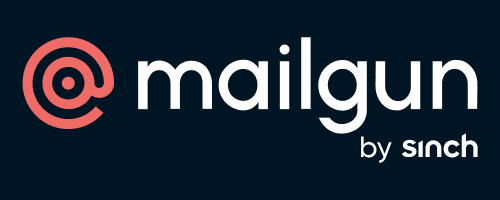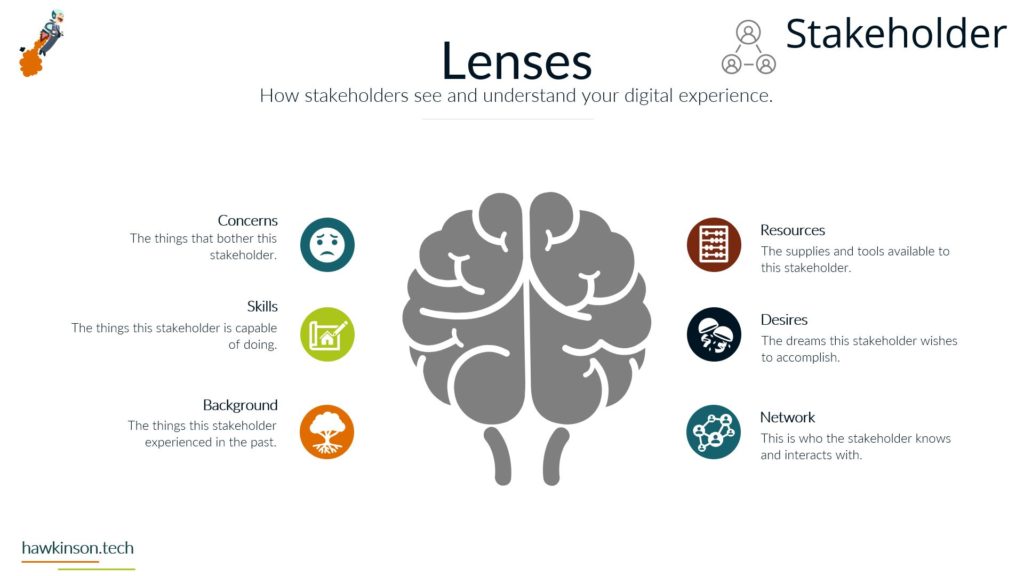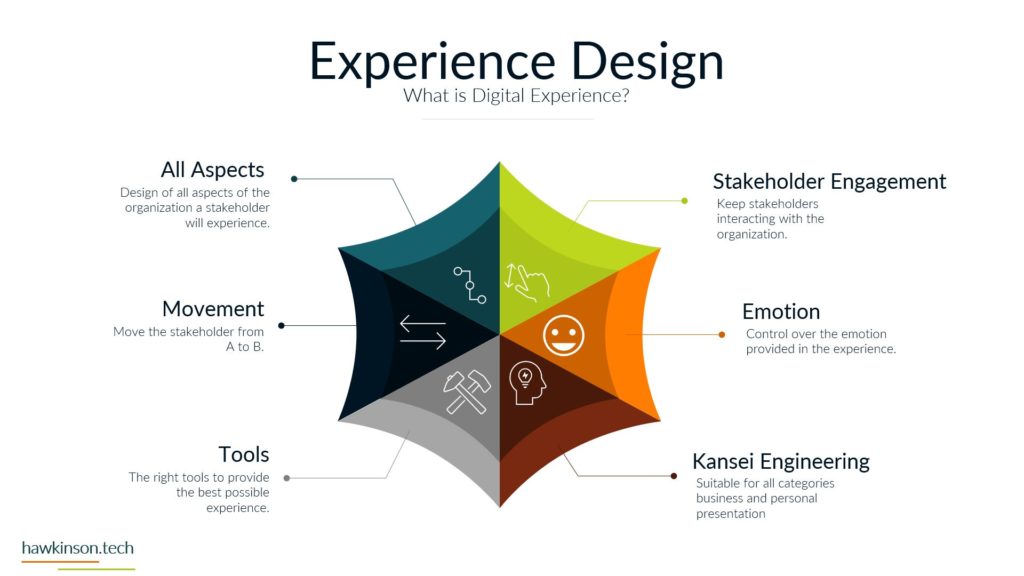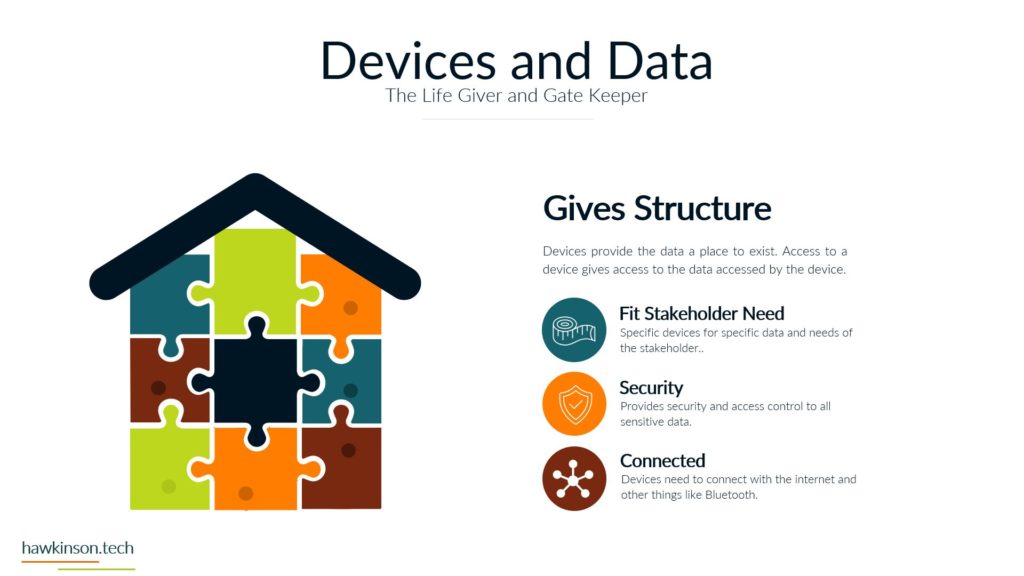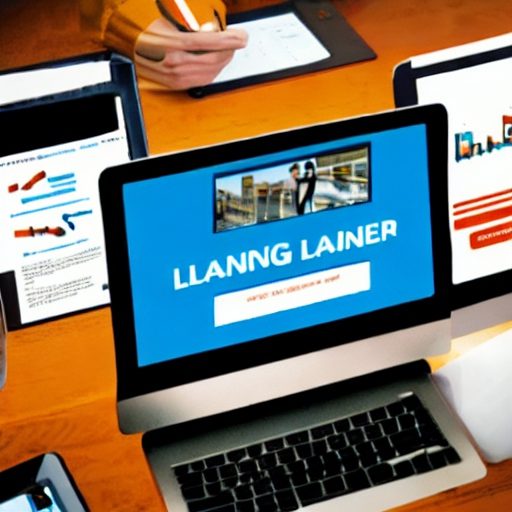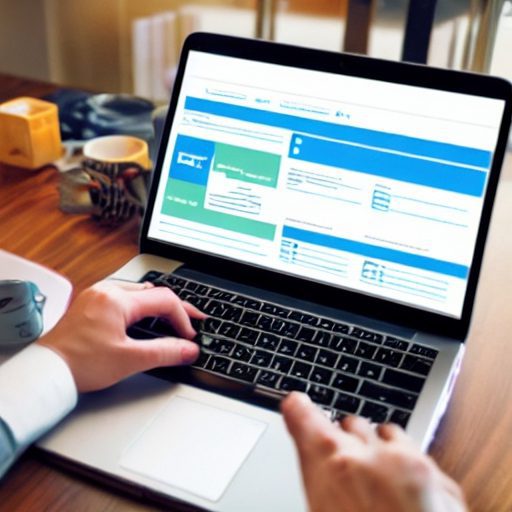Paving the Way for Digital Experience Excellence
In today’s rapidly evolving digital landscape, the role of devices in shaping the digital experience has become paramount. Devices act as gateways enabling stakeholders to access data and interact with processes, revolutionizing how users engage with the digital world. In this comprehensive article, we delve into the crucial interplay between devices and digital experience, emphasizing the importance of understanding the impact of devices on various business phases and funnels. As we explore the different facets of this relationship, businesses can optimize their digital interfaces and deliver exceptional experiences that foster strong and lasting relationships with stakeholders.
Devices Determine Access: Unleashing the Digital Gateway
The accessibility of data and processes is the foundation of a seamless digital experience. Devices emerge as the primary enabler, offering users a versatile and convenient interface to navigate the digital landscape. We delve into the significance of device diversity and the need to consider user interaction patterns across different devices. By optimizing digital interfaces, businesses can tailor the digital experience to meet their stakeholders’ unique preferences and needs, ultimately enhancing engagement and satisfaction.
The Interdependence of Devices and Processes: Forging a Seamless Journey
In the digital realm, devices and processes are intertwined, driving stakeholders’ journeys from start to finish. Successfully initiating and completing processes rely heavily on user interactions with devices. We examine the pivotal role of devices in facilitating and expediting processes, highlighting the importance of user-friendly and intuitive interfaces. By aligning processes with the devices stakeholders use, businesses can streamline the digital journey and drive successful outcomes through various business phases and funnels.
The Imperative of Device Security: Safeguarding Data and Trust
As devices enable stakeholders to access valuable data, security becomes imperative. Protecting sensitive company information from potential breaches is paramount to maintaining trust and credibility. We explore the essential security measures, including passwords, device locking mechanisms, and encryption. A robust security framework mitigates risks posed by malicious actors. It ensures that well-intentioned users access only the information they are authorized to view, fostering a secure and confidential digital experience.
Diversity of Devices and Implications: Embracing Opportunities, Overcoming Challenges
The diversity of devices used by stakeholders presents opportunities and challenges in the digital experience landscape. Laptops, smartphones, tablets, and kiosks all offer distinct characteristics influencing user interactions. We examine the need for regular updates to devices and software to ensure seamless compatibility with the latest applications and features. Businesses can optimize user interfaces and offer a consistent experience across all platforms by understanding stakeholder preferences across diverse devices.
Regulating Bring Your Own Device (BYOD) Policies: Balancing Convenience and Security
Bring Your Own Device (BYOD) policies are becoming increasingly prevalent in modern organizations, introducing a new layer of complexity in the digital experience paradigm. We discuss the benefits of BYOD, such as increased flexibility and cost savings, while addressing the security challenges accompanying personal devices in a corporate environment. Striking a balance between convenience and security through comprehensive regulations ensures data protection while honoring stakeholders’ preferences.
Harnessing Devices for Exceptional Digital Experience: Thriving in the Digital Era
Understanding the pivotal impact of devices on digital experience is essential for businesses striving to excel in the digital era. Companies can unlock seamless interactions and build strong, loyal relationships with stakeholders by prioritizing security, embracing device diversity, and cultivating user-friendly interfaces. We emphasize the importance of continuous evaluation and optimization to remain at the forefront of the ever-evolving digital landscape, ensuring a consistent and exceptional digital experience.
Forging Ahead with Digital Experience Excellence
The interplay between devices and the digital experience is critical to modern business success. As businesses harness the potential of devices to determine access, ensure security, and optimize interfaces, they can foster a digital experience that resonates with stakeholders and builds lasting connections. By embracing the dynamic landscape of devices and continuously fine-tuning their digital interfaces, businesses can thrive in the digital era and achieve excellence in stakeholder engagement.











